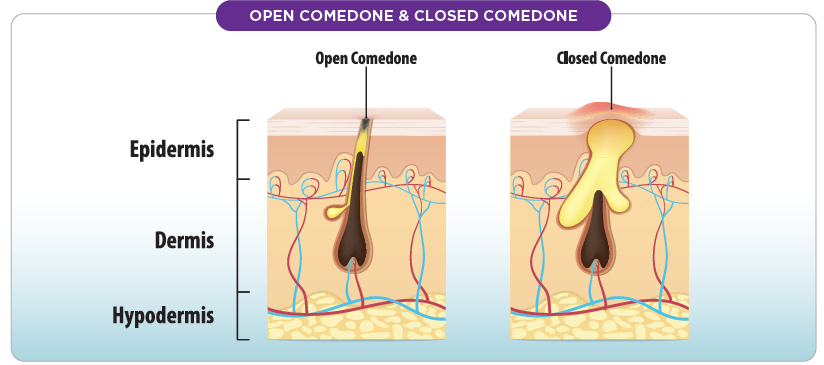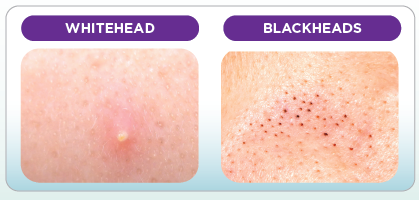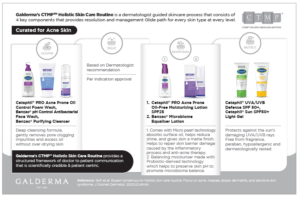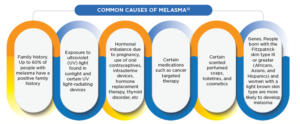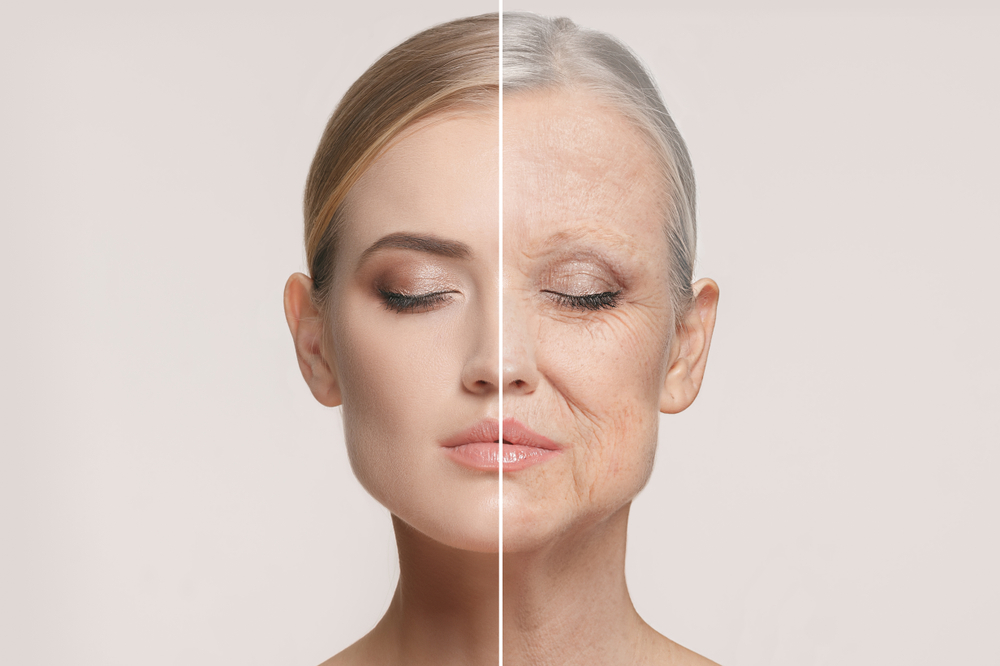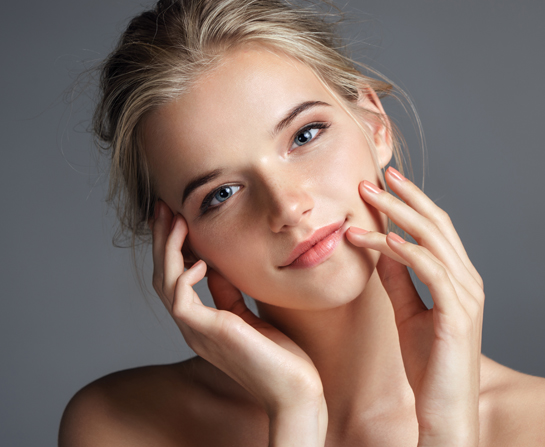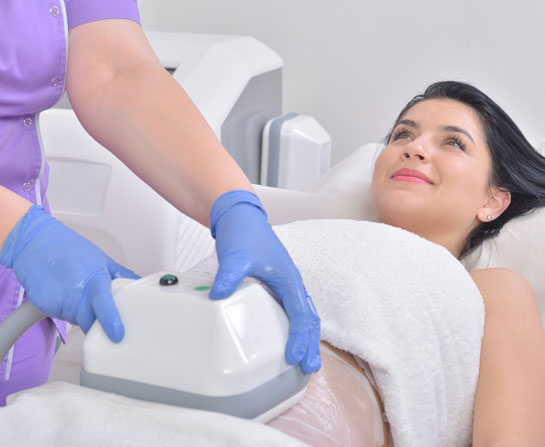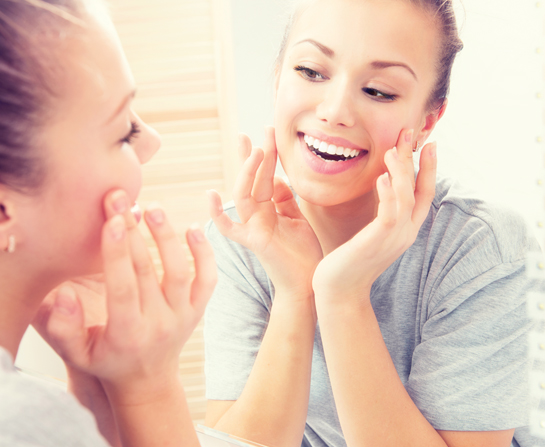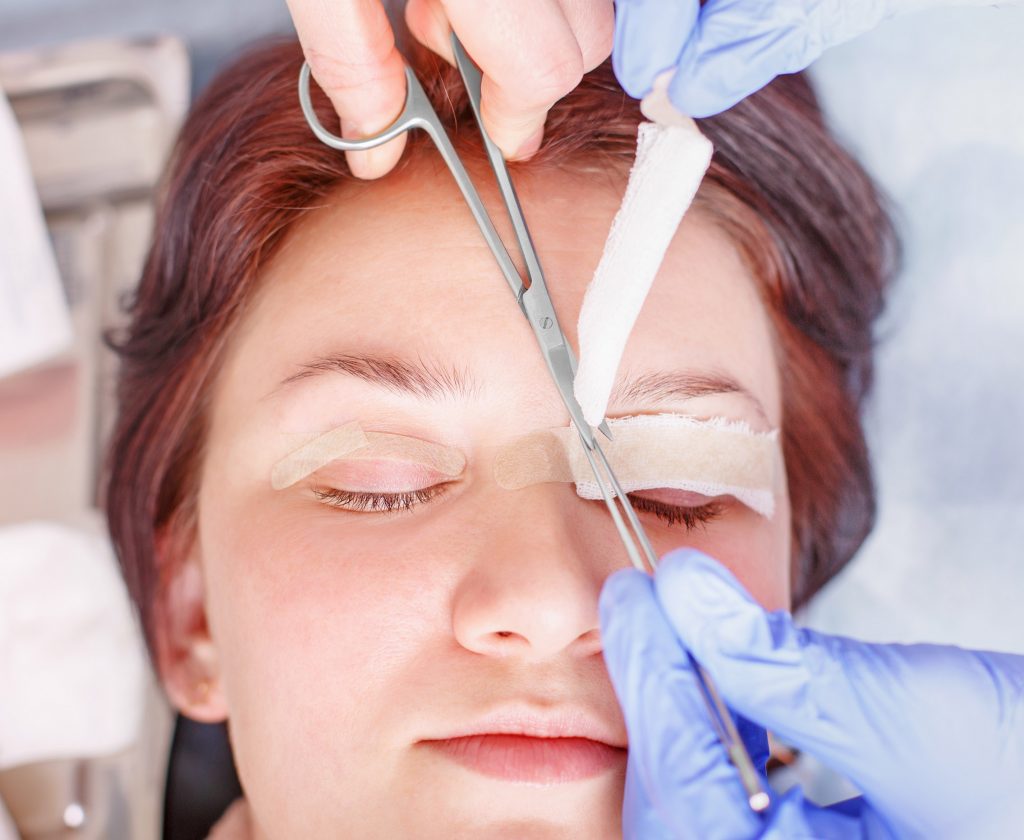 FEATURED EXPERT FEATURED EXPERTDR BENJI TEOH TZE YUEN Consultant Dermatologist Central Dermatology Specialist Clinic For most skin conditions, there is always a treatment. Hence, there is no need to suffer in silence because you have a skin condition that makes you feel self conscious about your appearance. I have encountered patients that are distressed about whiteheads, blackheads, and melasma. If you have any of these skin conditions, please join me as I share with you some useful information about these conditions and available treatments. |
WHITEHEADS & BLACKHEADS
Acne is a common skin disease that affects about 85% of adolescents at some time of their lives. The most common type of acne is acne vulgaris, which makes up 99% of acne cases and affects about 95% of boys and 83% of girls by the time they are 16.1,2
Blackheads and whiteheads are common characteristics of acne vulgaris.1
They are the result of the pores or hair follicles of the skin being blocked by dead skin and sebum (the oil produced by the skin).1,2
The primary lesion of acne is called a comedo.3 The plural form of comedo is comedones.
Whiteheads form when the comedones are closed and follicles are completely blocked.
Blackheads form when the comedones are open and the surface is dark black in colour due to oxidation of the lipid and melanin contents of the comedones.2,3
Acne vulgaris on its own is not associated with any mortality, but it can cause scars to form.3 These scars can cause psychosocial challenges such as depression, anxiety, and more.3
Common causes of acne vulgaris. Click on the image for a larger, clearer version.
HOW IS ACNE VULGARIS TREATED?
Be wary of treatment or management given by non-medical doctors when it comes to treating acne—there is a risk that these procedures may worsen the acne or cause scarring. Always consult a general practitioner or dermatologist first, so that you will receive evidence-based treatments and advice in line with the Malaysian clinical practice guidelines.
The following are the recommended treatment options for acne
vulgaris.
First line treatment
The first line treatment is the first recommended treatment for a certain disease.
When it comes to acne vulgaris, the first line treatment is pharmacological treatment, usually in the form of topical creams, gels, lotions, solutions, and other forms that can be applied onto the affected area of the skin.4
Medical topical treatments. These contain active ingredients such as benzoyl peroxide, retinoids, antibiotics, and others.4 They may be used on their own or, for moderate cases, in combination with other creams.4
Systemic treatments
Medications such as oral antibiotics as well as combined oral contraceptives may be prescribed by the doctor depending on the severity of the acne and other factors.5
Supplementary treatments
Physical treatments. Corticosteroid injection into the affected area of the skin may be helpful, either to complement existing therapy or to improve the appearance of skin after treatment.6
Chemical peels—in particular salicylic acid and glycolic acid peels—may be beneficial. However, they need to be carried out with care under the supervision of an experienced dermatologist.6
Energy-based devices. Laser treatment on the affected skin area may be beneficial when applied alongside other treatments.6
RETINOIDS ARE USEFUL IN TREATING ACNE VULGARIS.
‘Retinoid’ is an umbrella term for a family of chemical compounds that share structural and functional similarities with vitamin A.
They normalize shedding of the skin (desquamation) by reducing the proliferation of a common type of skin cells called keratinocytes as well as promoting the differentiation of these cells.4,6
Topical retinoids also block several important inflammatory pathways that are activated in acne: toll-like receptor, leukocyte migration, and AP-1 pathways. Blocking these pathways can reduce the release of inflammatory cytokines and nitric oxide as well as inhibit cellular inflammation.7
ADAPALENE IS A RETINOID APPROVED BY THE US FOOD AND DRUG ADMINISTRATION (FDA) FOR USE IN TREATING MILD TO MODERATE ACNE.
Adapalene is a third-generation retinoid. Compared to earlier generation retinoids, it interacts with the retinoid receptors of the skin in a different manner, so it causes less irritation compared to earlier generation retinoids while remaining just as effective.8
How effective is adapalene?
A meta-analysis of 5 large studies with 900 patients for over 12 weeks demonstrated that gel containing 0.1% adapalene is as effective as gel containing 0.025% tretinoin, another retinoid commonly used to treat acne (Cunliffe et al, 1998). After 12 weeks, both agents were equally effective but adapalene had a faster onset of action and less irritation.8
Another study (Cunliffe et al, 1997) compared 0.1% adapalene and 0.025% tretinoin on 323 patients for 3 months. They found that adapalene caused more decrease in total and noninflammatory lesions than tretinoin. However, there was no significant difference in terms of inflammatory lesions.9
Also, there is a study (Korkut and Piskin, 2005) that demonstrated how adapalane is more effective in treating non-inflammatory lesions compared to inflammatory lesions. The use of adapalene gel may yield results in as early as two weeks, but overall, it will take some time to see significant results.10
General adverse reactions
These include dryness, redness, irritation, and burning or stinging. These symptoms usually peak at the 2nd- to 4th-week mark before subsiding.11
Click on the image for a larger, clearer version.
This is an educational article brought to you by

| Click here for the full reference for the list of references used for the content of this advertorial. |

